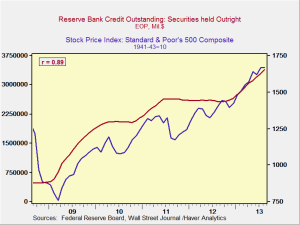Here we go again. I’ve written something to that effect several times over the past couple of years, what with the 2011 debt ceiling debate, the 2012 fiscal cliff, and now this. Governmental dysfunction has been normalized.
The phrase that comes to mind is “defining deviancy down,” from a 1993 paper by Daniel Patrick Moynihan, one of the great statesmen of American politics. The idea is similar to the boiled frog theory I described last month: with every ratchet down in behavior, the new low becomes somehow normal, and any subsequent changes are perceived as being less bad (compared with the new “normal”) than they would have been otherwise. Another way to describe it is a behavioral downward spiral—that is, behavior that formerly would have been thought absolutely disgraceful is now seen as somewhat embarrassing.





